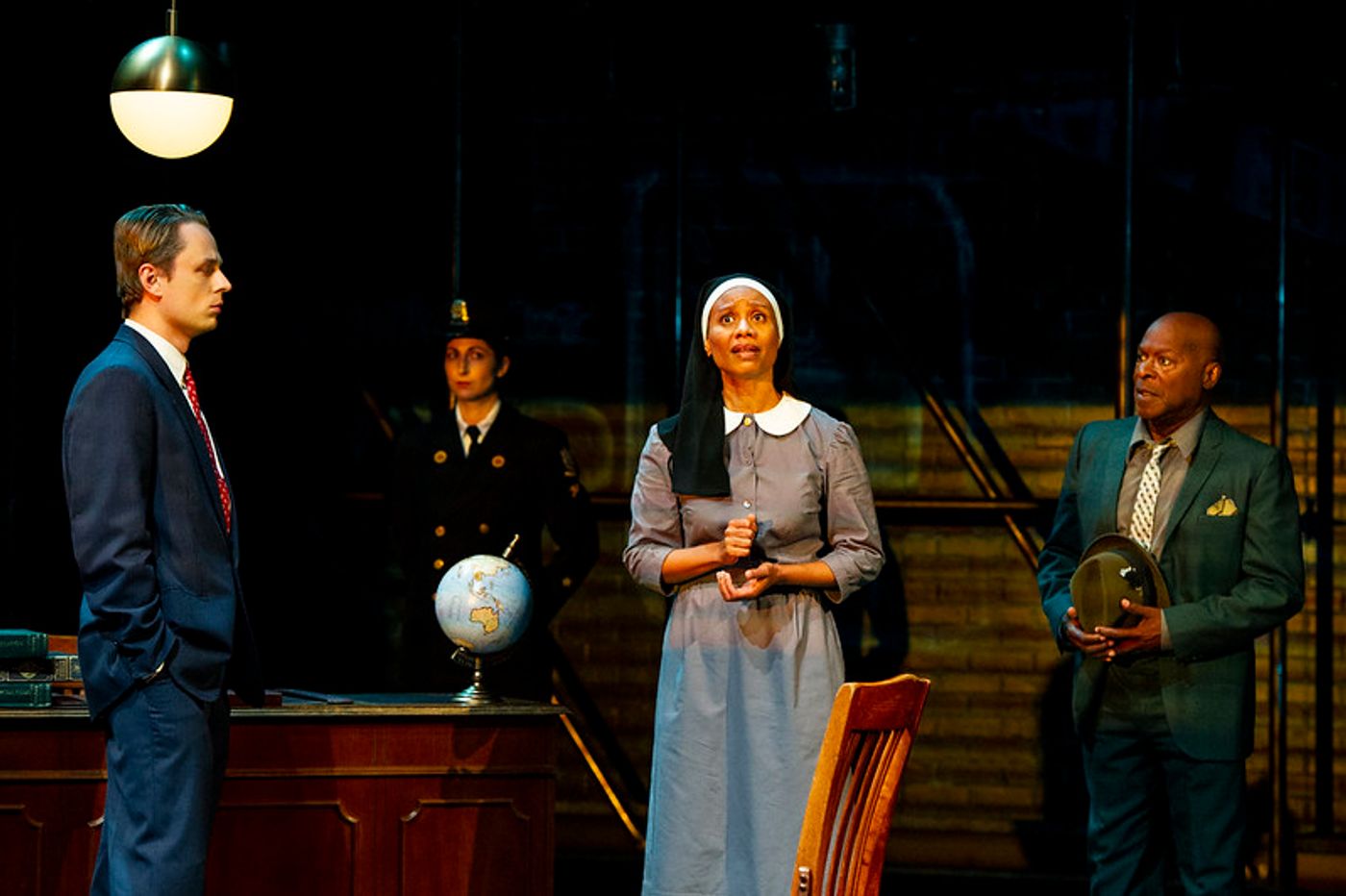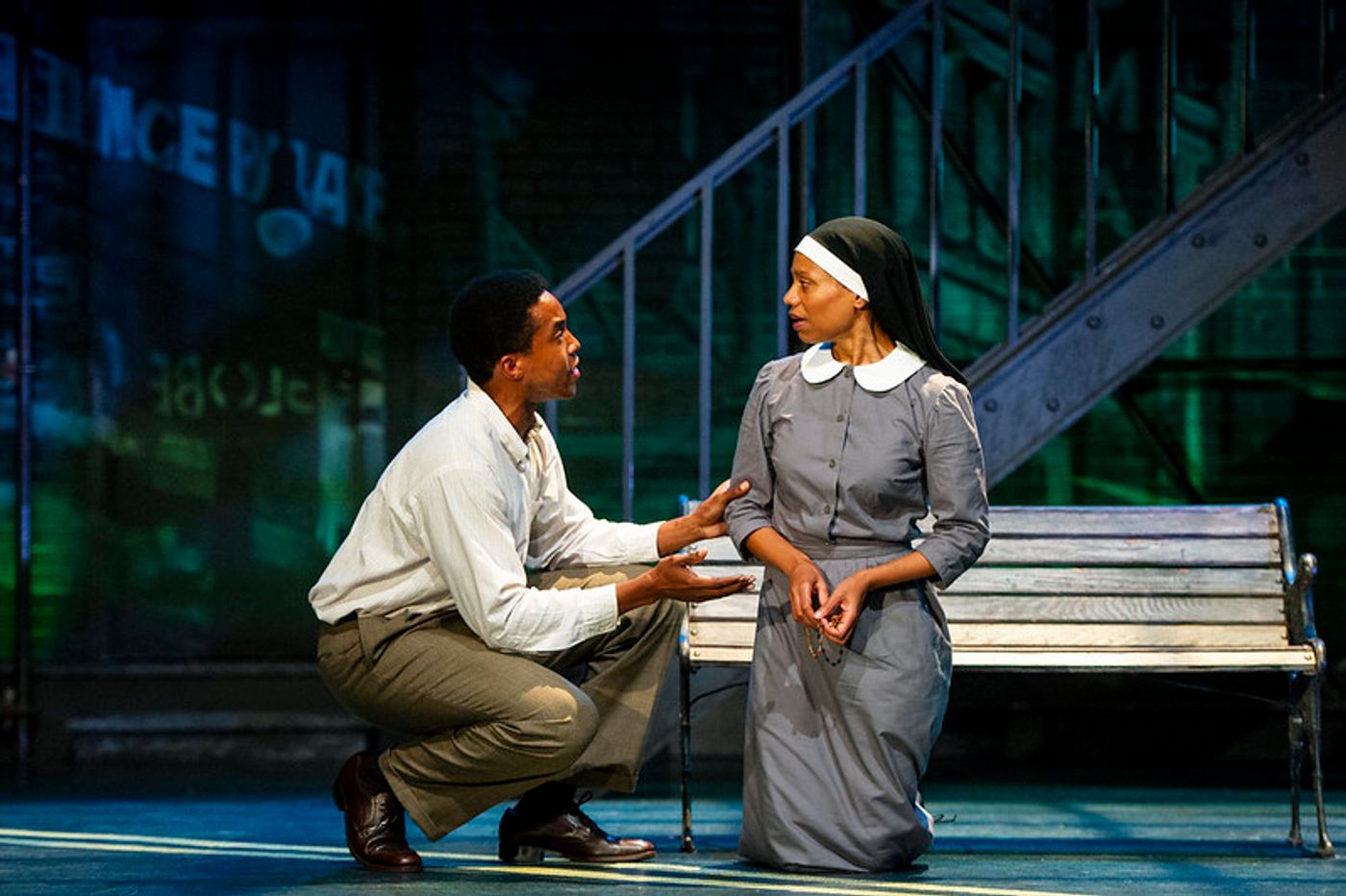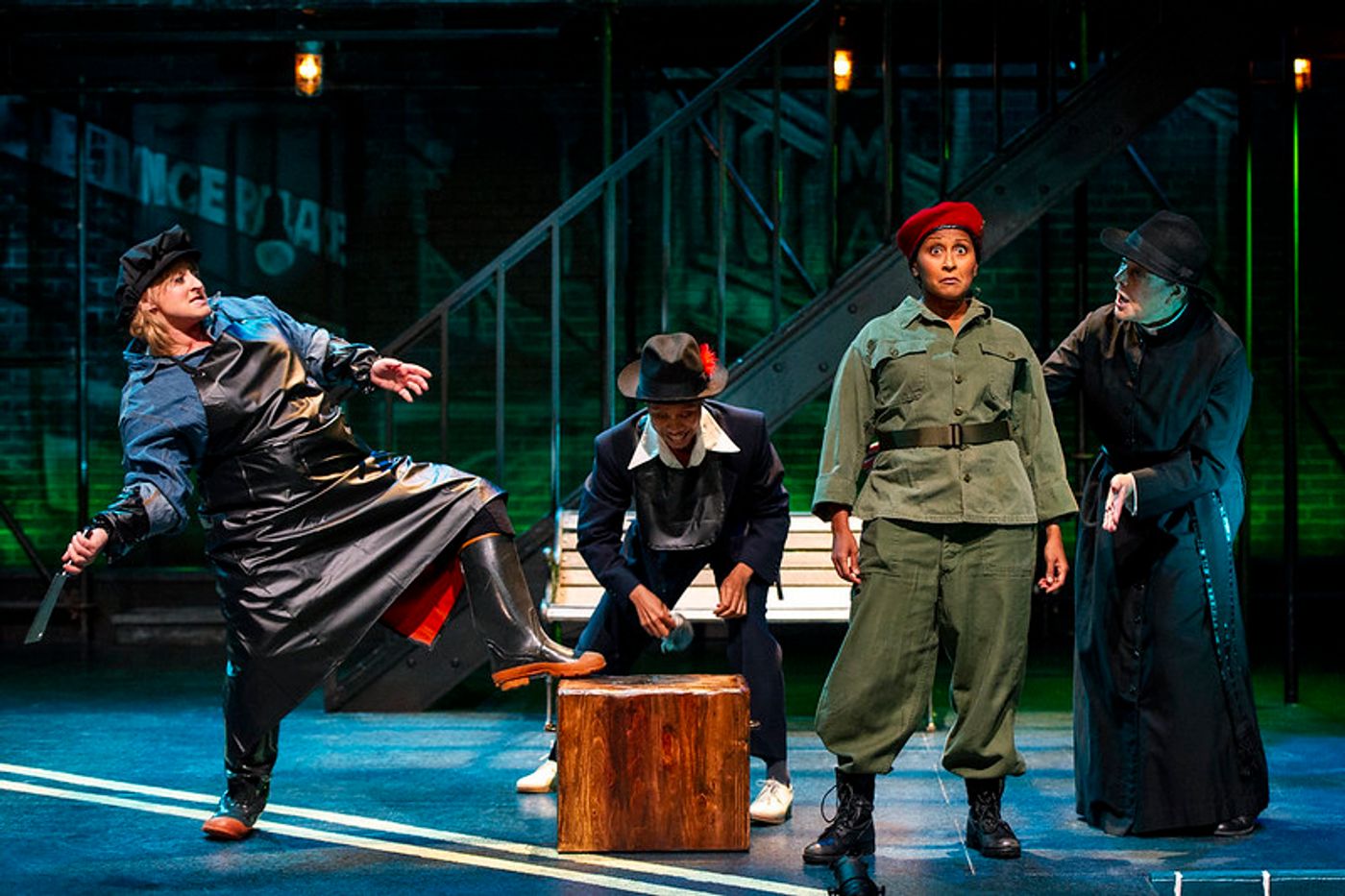Review: MEASURE FOR MEASURE at Shakespeare & Company
Hypocrisy in Government, Abuse of Power, Me Too – How 1600’s,


Directed by Alice Reagan, MEASURE FOR MEASURE follows Lord Angelo, who is abruptly appointed to rule over a chaotic and debauched city, he restores order with repressive laws and an iron fist over licentiousness. The object of his own twisted desire is a young nun, whom he puts in an unthinkable position. "To whom should I complain?" is all that young Isabella can utter when she finds herself the target of his abuse of power.

The cast features Ariel Bock as The Duke, Nebassaiu deCannes as Isabella / Pompey, Ally Farzetta as Mariana / Provost / Sister Francisca, David Gow as Angelo, Charls Sedgwick Hall as Lucio, Rory Hammond as Escalus / Aborhson, Vaughn Pole as Claudio, and Indika Senanayake as Mistress Overdone / Juliet / Bernadine / Friar Peter. Overall, the cast does well with the material. According to Reagan, "In the rehearsal room, we have been working to trace every twist and turn of the Duke's plotting to save Claudio, while asking how each character struggles to survive in a world where care is scant. The group displays skill and dexterity throughout the presentation. While each demonstrates knowledge of their individual character as well as mastery of the dialogue, one dynamic I found to be underdeveloped was the interpersonal relationships of one to another. Each player has moments of strength, weakness, anguish, despair, all presented well individually. I did not, however, feel as if I were watching a cohesive unit, in their element, weaving a tapestry as their lives intertwine. More that of a group of individuals well skilled at delivering Shakespearian dialogue, than a collective ensemble

The creative team includes Set Designer Edward T. Morris, Light Designer Marika Kent, Costume Designer Govane Lohbauer, Sound Designer Caroline Eng, Voice and Text Coach Gwendolyn Schwinke, Intimacy Choreographer Alexandra Haddad, Stage Manager Hope Rose Kelly, and Diana Evans Assistant Stage Manager. In this production, Vienna is transposed to Harlem in the 1950s giving the piece a Jazz look and feel something like that which one might expect to see at a production of Guys and Dolls or West Side Story. While some elements, particularly sets and costumes, incorporate the theme, the dialogue seems virtually unchanged and I have seen other works done where the technique is more fully developed with better overall results.
Reader Reviews
Videos

